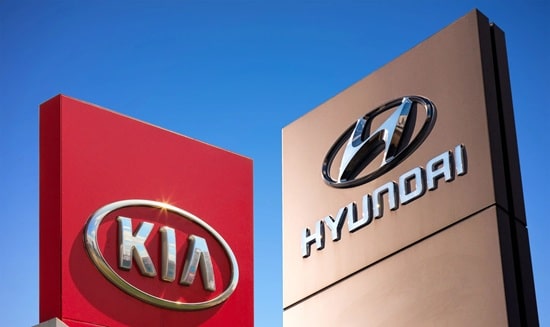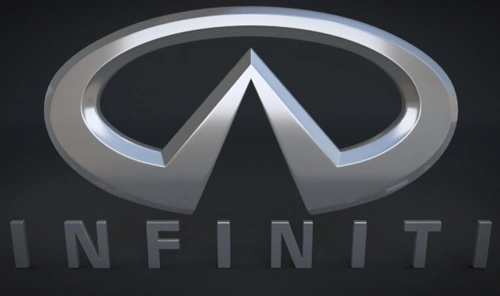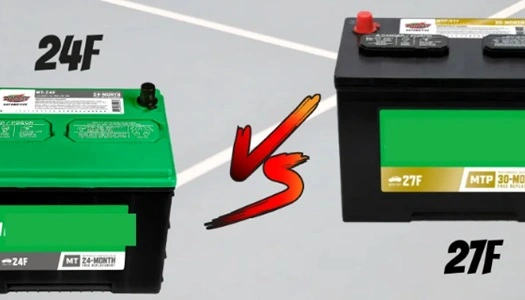When shopping for a new car, you’ve probably noticed that Kia and Hyundai vehicles often share similar features, designs, and even price points. This observation leads many to wonder: Are Kia and Hyundai the same company? The short answer is no, they are not the same company—but they are closely related. In this article, we will explore the connection between Kia and Hyundai, their corporate structure, and how they operate independently yet remain intertwined in many aspects.
A Shared History with Independent Roots

Kia and Hyundai are both South Korean automakers with roots going back decades. Hyundai Motor Company was founded in 1967, while Kia Motors (originally Kyungsung Precision Industry) dates back even further to 1944. Kia initially focused on producing bicycle parts and steel tubing before moving into motorized vehicles in the 1950s and 60s.
Despite their separate beginnings, the Asian financial crisis of the late 1990s brought them together. In 1998, Hyundai Motor Company acquired a controlling stake in Kia Motors after Kia declared bankruptcy. This strategic move was part of Hyundai’s plan to strengthen its market position both domestically and globally.
The Hyundai Motor Group Umbrella
Today, Kia and Hyundai exist under the umbrella of the Hyundai Motor Group, one of the largest automotive groups in the world. While Hyundai Motor Company is the parent company, Kia Corporation operates as a sister company, with its own management, design teams, and marketing strategies.
This corporate structure allows both brands to maintain their unique identities while sharing resources to cut costs and increase efficiency. For example, they often share platforms (the underlying structure of a vehicle), engines, and technologies. This synergy helps both companies compete effectively in a highly competitive global automotive market.
Differences in Brand Identity
Even though they share resources, Kia and Hyundai have worked hard to establish distinct brand identities. Hyundai positions itself as a more premium brand focused on technology, comfort, and innovation. Its designs are often sleek and sophisticated, with models like the Hyundai Sonata, Tucson, and Ioniq 5 showcasing futuristic styling and features.
On the other hand, Kia targets a slightly younger and sportier audience. With bold designs and a reputation for value, Kia’s lineup—including the Kia Sportage, Telluride, and EV6—emphasizes performance, design flair, and affordability.
In 2021, Kia underwent a major brand overhaul with a new logo and slogan, “Movement that Inspires,” signaling its intention to differentiate further from Hyundai and focus more on electric vehicles and sustainable mobility.
Collaboration and Competition
Kia and Hyundai do collaborate behind the scenes, especially in research and development, manufacturing, and engineering. This collaboration helps both companies save billions in production and innovation costs. However, they also compete in the marketplace, often with similar vehicles in the same segments.
For example, the Hyundai Elantra and Kia Forte are both compact sedans aimed at similar customers. Likewise, the Hyundai Santa Fe and Kia Sorento compete directly in the midsize SUV segment. Despite their similarities, differences in styling, feature packaging, and brand appeal attract different consumer preferences.
Conclusion
So, are Kia and Hyundai the same company? Not exactly. While they are not the same company in a legal or operational sense, they are part of the same larger Hyundai Motor Group, which creates a deep connection between them. They share technologies, collaborate in development, and even manufacture vehicles side by side. Yet, they maintain distinct brand philosophies and compete head-to-head in the marketplace.
Understanding their relationship helps consumers make informed decisions and appreciate the value and innovation coming from both brands. Whether you choose a Hyundai or a Kia, you’re likely benefiting from the combined strength of two of South Korea’s most successful automotive giants.



